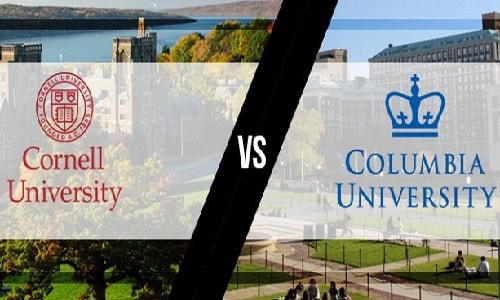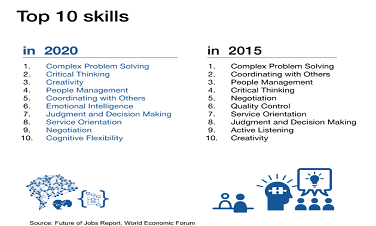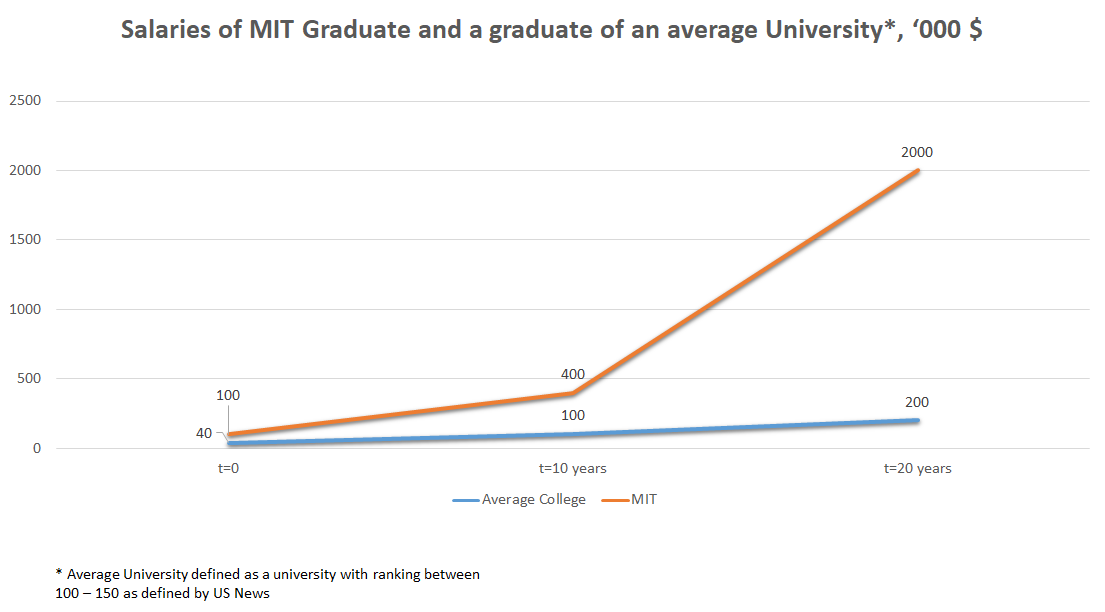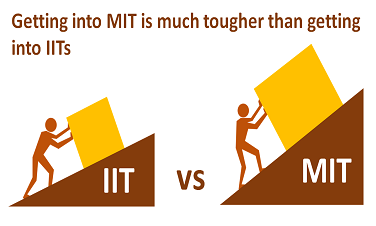MIM vs. MBA
- Written by UnivAdmitHelp
- Category: Insights & Information
- Published on 09 Jun 2017
MIM vs. MBA
A lot of our students have come to us with the question – whether they should pursue an MBA or MIM (Masters in Management). We have figured that this answer is a function of the unique profile of the student and his/her objectives. However, a few broad insights have emerged.
We have seen that in general, younger students who want to kick-start their career, and who often have 15 years of formal education (12+3) apply for a Masters in Management from European Schools.
Following points emerge as key differences between an MBA and an MIM.
Course Curriculum: Foundational vs. Specialized
MIMs tend to be foundational in nature and build your Management and Business basics. A course in MIM would introduce you to basics of Management, Marketing, Operations, Financial Management, etc. More specialized content like Strategy, Manufacturing Systems Design, Advanced Marketing, Investment Management, etc. would be best addressed in a course like an MBA.
Timing: Fresh Graduates vs. Experienced Professionals
MIM applicants tend to be fresh graduates, often from non-engineering courses where they have completed 15 years of formal education (12 years school, 3 years college). On the other hand MBA aspirants have already completed 16 years of education and have spent about 3-5 years in a job. Hence, MIM applicants tend to be much younger – generally less than 23 years as opposed to MBA where average participant age is closer to 27 years.
Duration: 1 Year vs. 2 Years
MIMs usually award an MS degree (Masters in Science) and are usually completed within a year. However, increasingly one would find 1.5 year courses being offered. MBAs, on the other hand, require a longer commitment (usually of 2 years, though increasingly 1 year MBAs are also becoming popular). The most popular MIM programs are usually completed in 10 months.
Program Tuition: X vs. 2X
MIMs tend to be much less expensive than MBAs – often by a factor of 2-3. They are therefore, great, from the point of view of affordability and are uniquely positioned to serve the needs of fresh graduates.
Impact: Career Start vs. Career Development
MIM graduates are often getting into their first jobs as opposed to MBA’s who have already spent some time building professional careers before their MBA and are ready for relatively senior position vis-à-vis their MIM counterparts. Consequently, median average salary that an MIM graduate gets is lower – around 60-70K US vs. the average starting salary for an MBA – around 120-140K US. However, MIM provides a great start – it pays a decent salary commiserate with the experience and level of education; gets you into a professional career, often with great companies and sets you up for an MBA a few years down the line.
Locality: Europe vs. Worldwide
MIMs have originated in Europe and still the best MIM programs are offered in places like IE, HEC, Saint Gallen, LSE, ESSEC, etc. MBA, on the other hand, is a global degree and is offered across the world. However, MIM is increasingly becoming more popular and is offered across universities in Asia and to some extent, US. We believe that a student should go to Europe to pursue his/her MIM because of the possibility of building variety in one’s experiences – when he/she would do an MBA later from US.
MIM, because of its structure is particularly suited for fresh graduates. Often, we have seen students opt for an MIM as a bridge to an eventual MBA degree. Typically, students would go for their MIM degree immediately after their 3 years of college education. They would spend about 10-12 months pursuing an MIM and then would start off their career – either in Europe (where they have pursued their MIM) or in their home country. Once they have garnered sufficient professional experience – ranging from 3 to 5 years – they would go ahead with their MBAs; often choosing 2 years MBAs in US.
A journey like this is extremely enriching. In this process, students will build up exposure to two critical economic blocs – Europe and US. MIM degree also give teeth to their undergraduate education and make them more employable. Once employed, they would also generate funds for their eventual MBA and further enhance their careers.
Other Interesting Blogs
MIT and Stanford – Admit in 2 of the super-elite M7 Business schools
Recent Posts
-

Comprehensive List of 30+ questions that High School Indian Parents and Students ask for US Admissions..
-

Common App Essay Tips 2025
-

Best extra-curricular activities for college admission for Indian students
-

How Many Universities Should You Apply To? Expert Tips for U.S. and U.K. Admissions for Indian Students
-

Step-by-Step Guide to Creating an Exceptional Capstone Project for Indian Students




